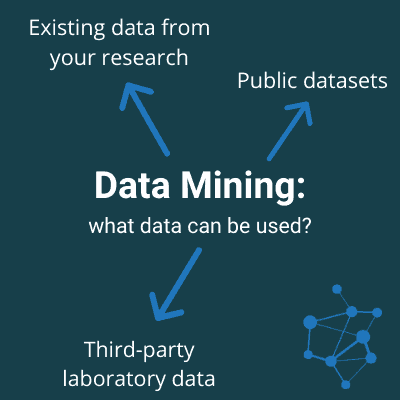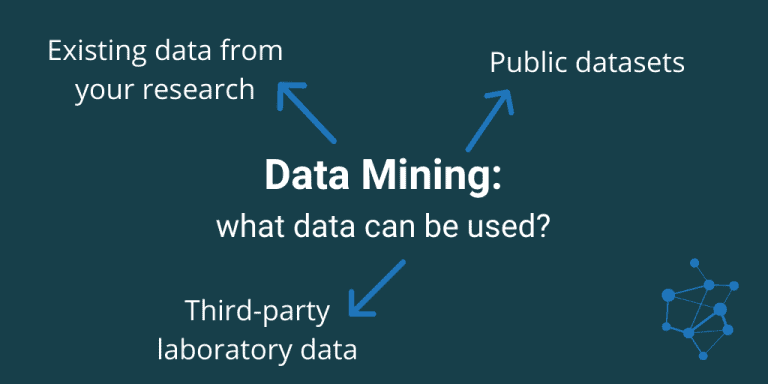How to make the most of biological data
- 31st March 2020
- Posted by: Claudine Gabriele
- Category: Articles

Biological data generation and data analysis are pivotal stages of research in life science: usually, when generation occurs, analysis follows. However, what happens when data generation is not possible? Laboratory shutdowns, or any other biological data generation delays, do not necessarily mean that data analysis must stop or that you need to pause research programmes entirely.
In these circumstances, it can be a good opportunity to start looking at biological data that already exists. For example, datasets that have been analysed to some degree before. It could also be a good time to combine multiple datasets for meta-analysis. You could also take the opportunity to ascertain the landscape of data available in a particular area of research. These are all ways to keep programmes moving forward. Performing activities like these help reduce fallow periods and ensure a level of productivity even during downtime.
It is surprising how generated data can contain a wealth of information that is rarely exploited to its full potential. Biological datasets can often be vast, especially when working with genomic data. This means that the process of finding meaningful information hidden within them can be a unique challenge.
Data landscaping and data mining are two ways to get the most out of existing biological data. Both can also reduce costs. There is no cost to generate data as the data already exists. Also, it is possible to compare and combine existing data with similar datasets (from public domain or your own study). This can increase analysis power and outcome robustness.
Biological data landscaping
Data landscaping – finding out what data exists for a given topic – can help at the start of your research journey.
Typically, biological data landscaping involves identifying suitable biological datasets, dependent on your research, for further analysis in a subsequent project. This can be useful if you are looking to move your current research in a new direction. It is also helpful when you are trying to find out more about a potential area to look further into.
Data landscaping can be a versatile tool in identifying potential directions for research. It is possible to employ a range of techniques such as public resources, keyword searches and manual curation. For example, you can find publications and biological datasets that relate to a specific disease or show mutations in selected genes. These could help with your research, allowing you to find what is currently out there and its usability before committing to data generation costs directly.

Data mining
Data mining allows you to go deeper into pre-produced data, whether that is biological data produced by you, a third-party laboratory, or from an identified dataset. This means that data available through public repositories can be analysed as well as large datasets provided from in-house research.
A benefit of data mining is that it does not discriminate based on the data generator. As long as data are in comparable forms between datasets, meta-analysis is also possible, allowing you to combine outcomes from several datasets to increase the overall analysis power and impact on research.
How can they help my research?
Mining and landscaping publicly-available or internal databases gives the potential to maximise your research efforts and gain more insights from already generated biological data.
Your research is able to continue, no matter the circumstances. With recent world events, the ability to continue your research during laboratory shutdowns that are both unpredictable and sudden, can be a lifeline. A lack of data generation abilities, whether that is internal capabilities or reliant on external generation providers, should not cause research to completely halt.
By taking advantage of biological data that already exists, you can further your analysis and potentially validate new areas of research. For example it is possible to identify new targets or therapeutic areas for a drug by novel target identification and drug repurposing. Additionally, combining datasets (both internal and external), increases the analysis power of your research and the impact it can have.
Make the most of your biological data with Fios
Fios Genomics have extensive experience with biological data mining and landscaping for a wide range of clients. Contact us today to learn how we can support your research – no matter the area of interest or data type you are generating.
See also:
Leave a Reply
You must be logged in to post a comment.

